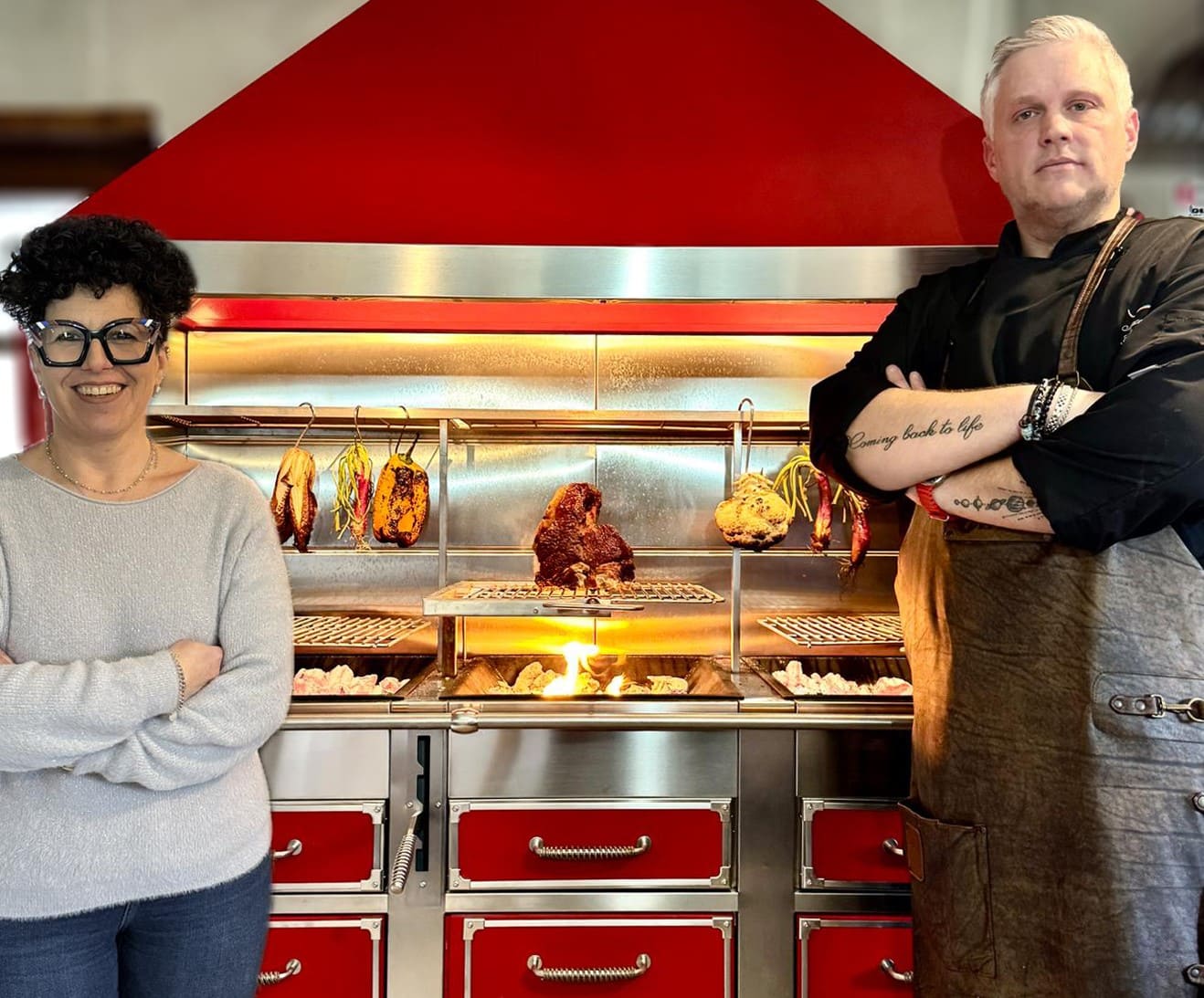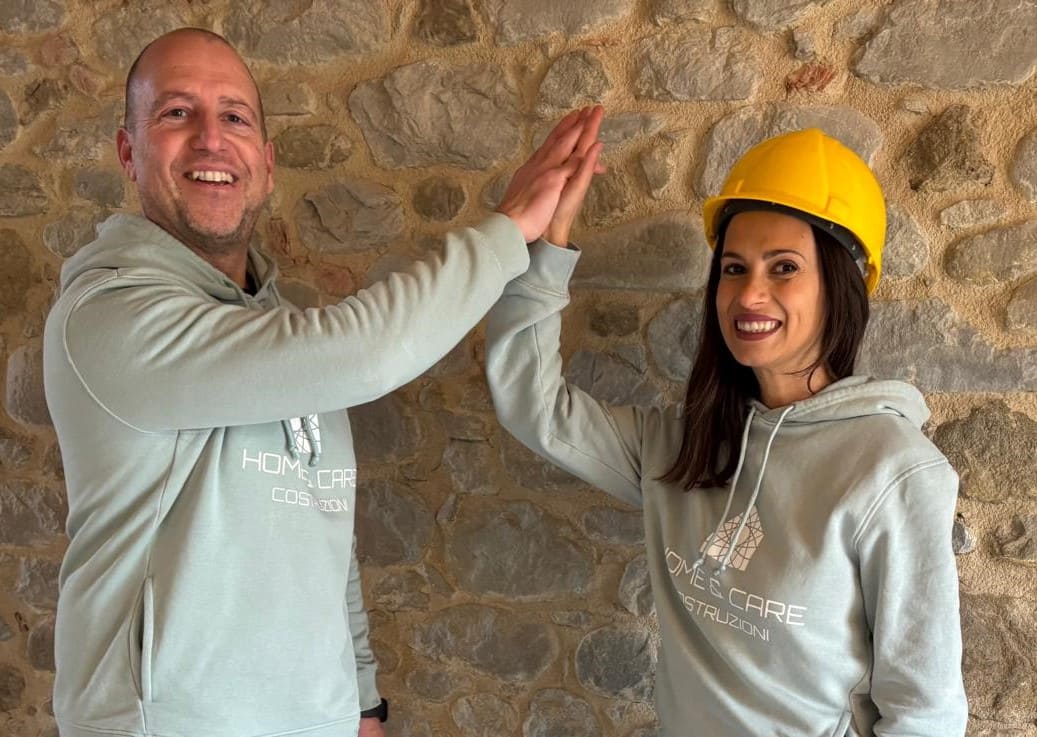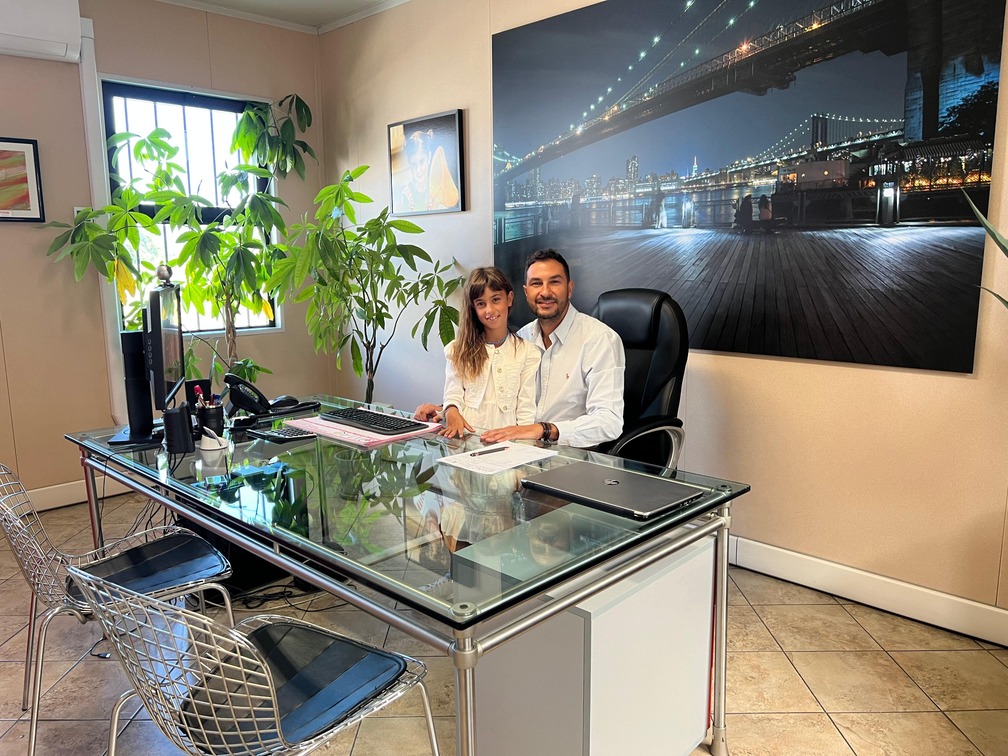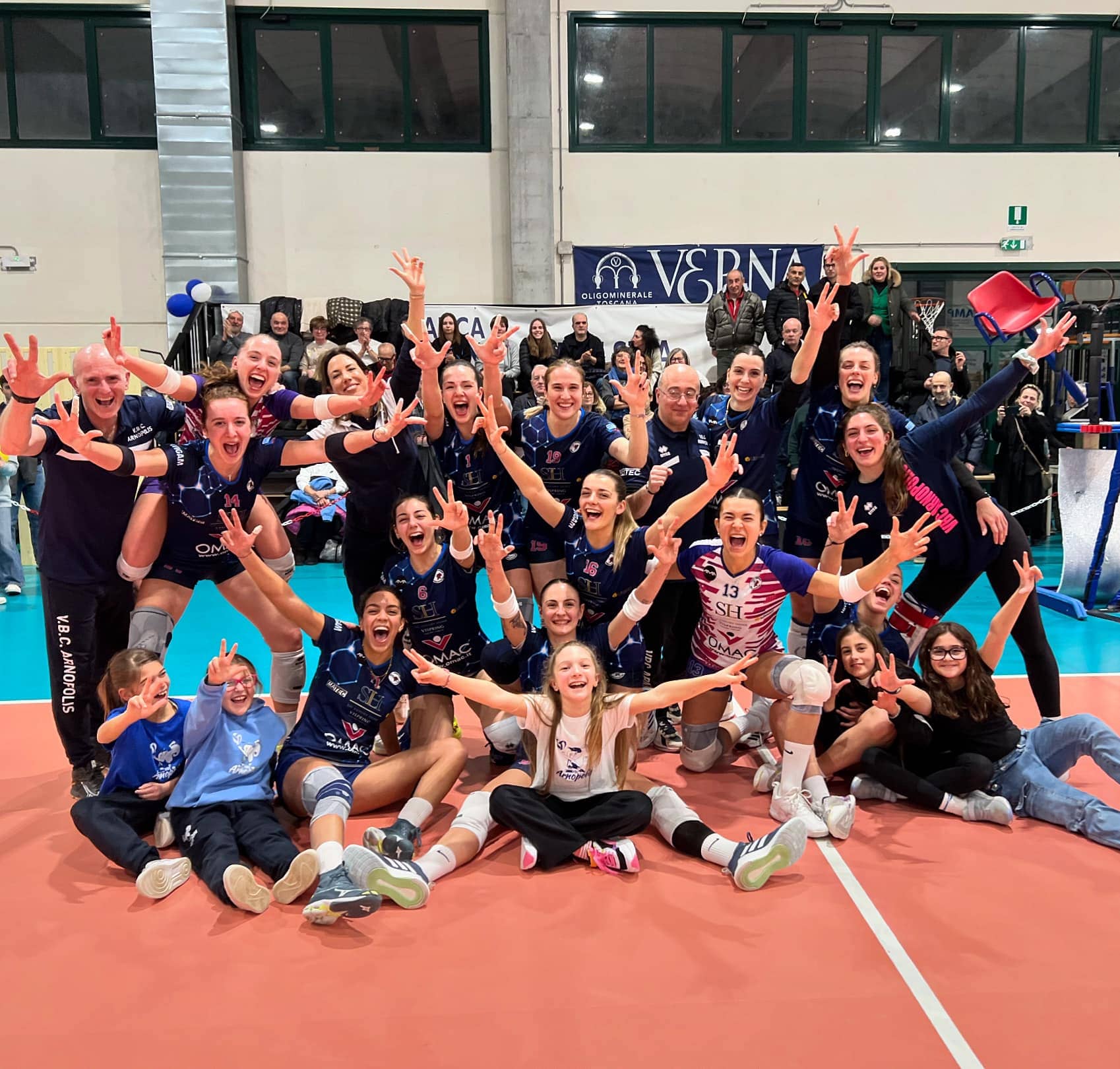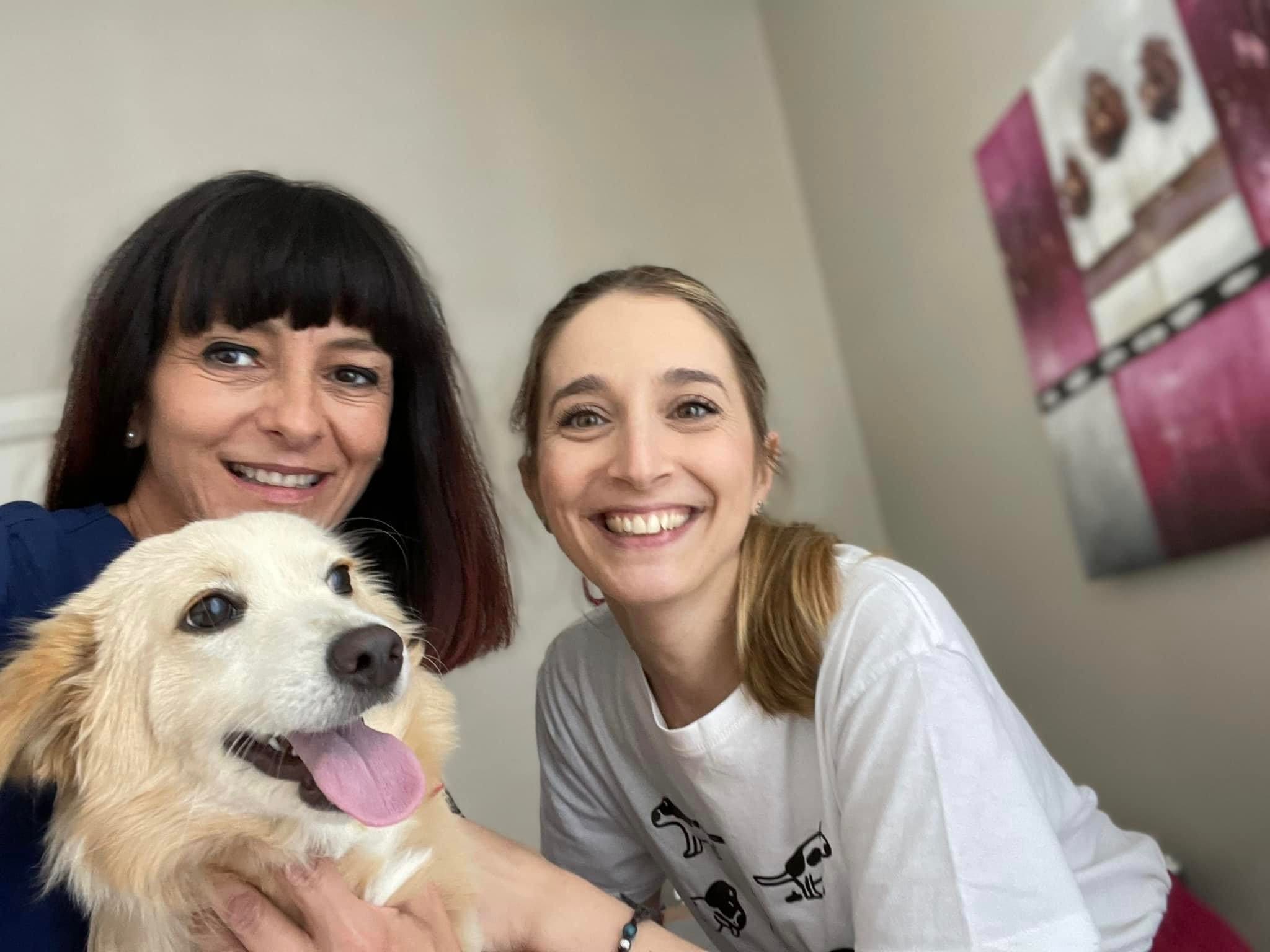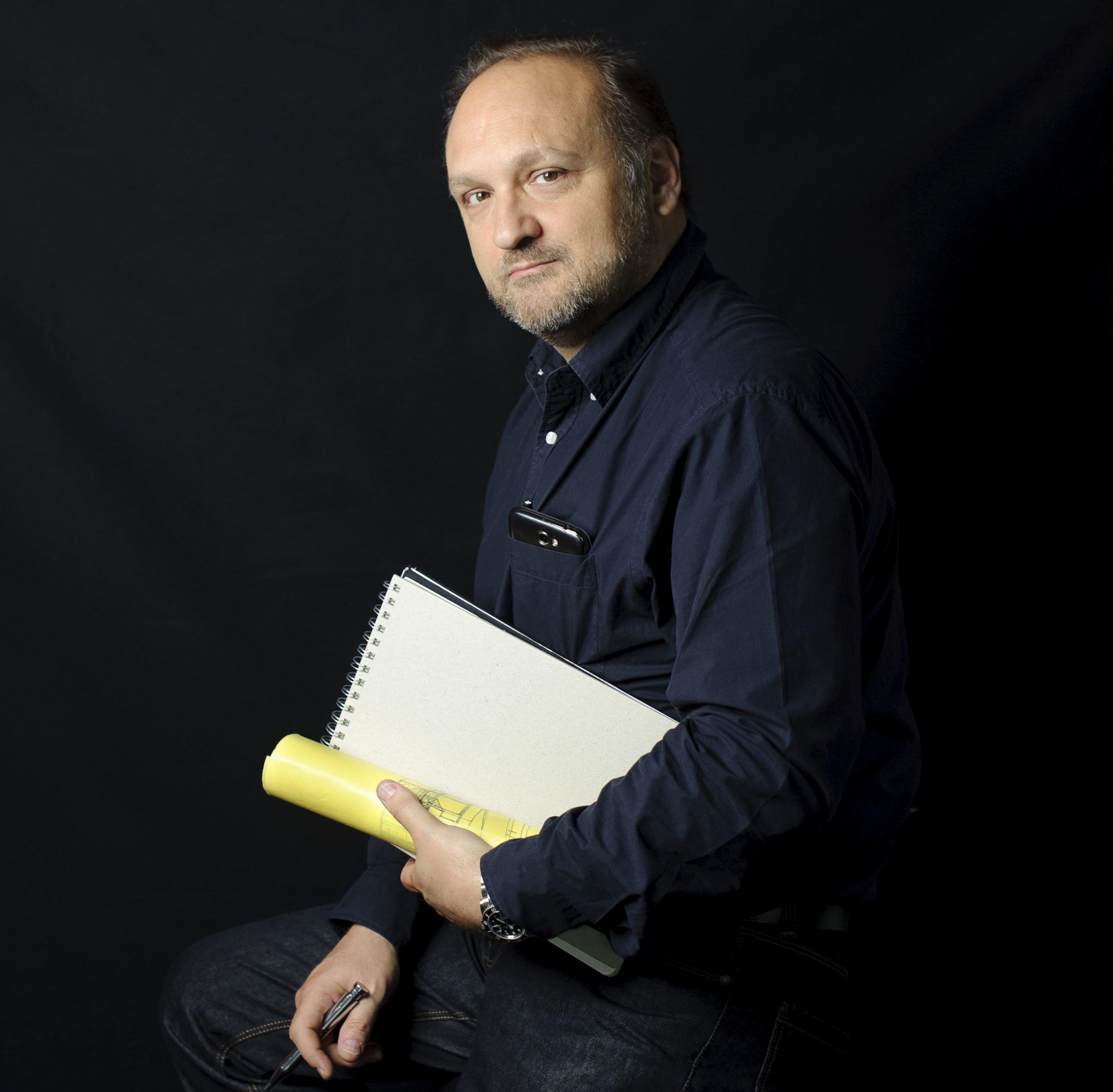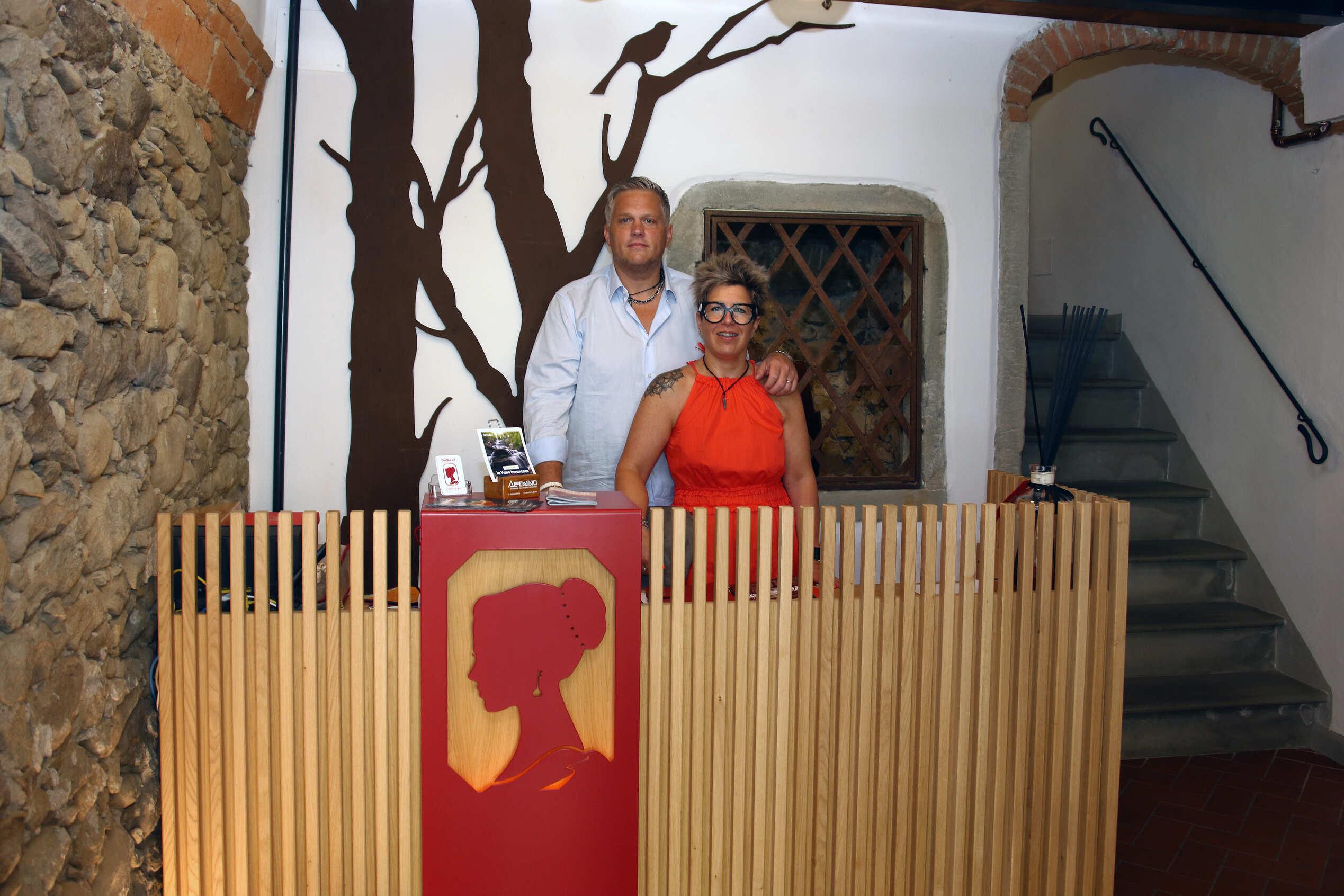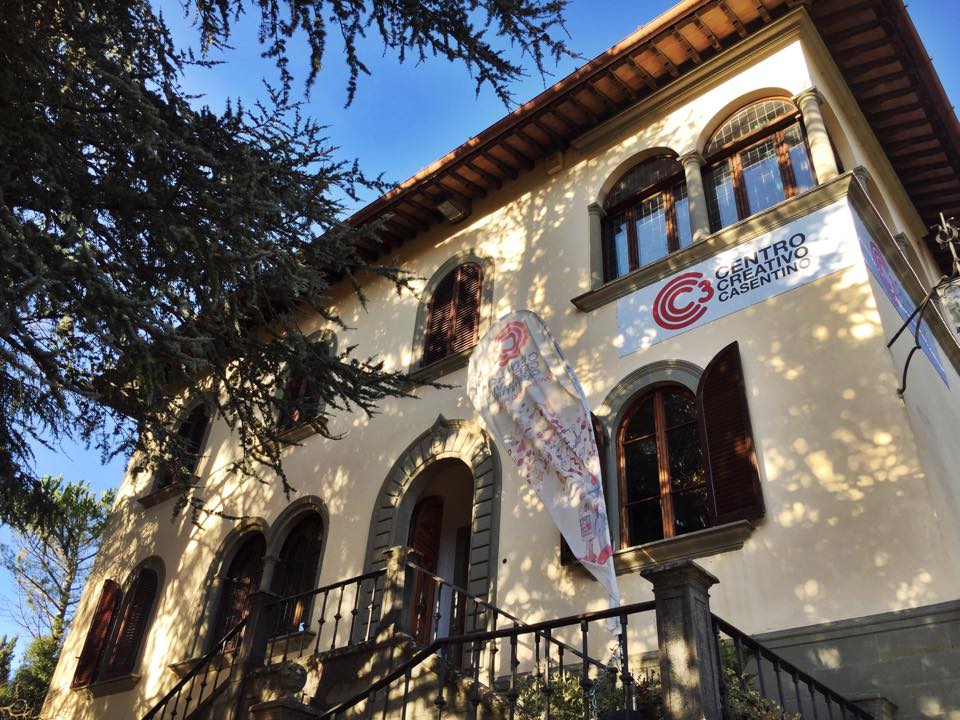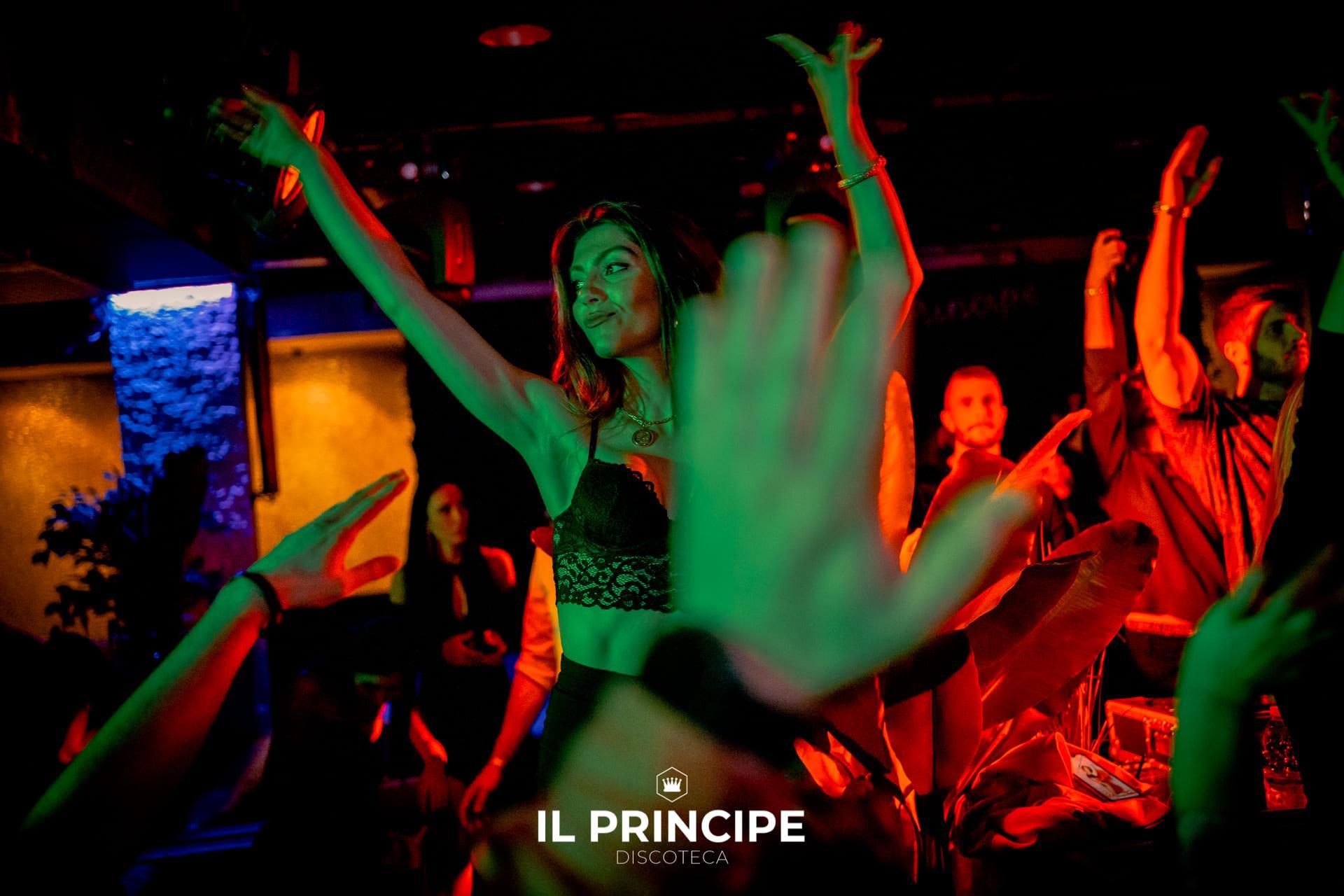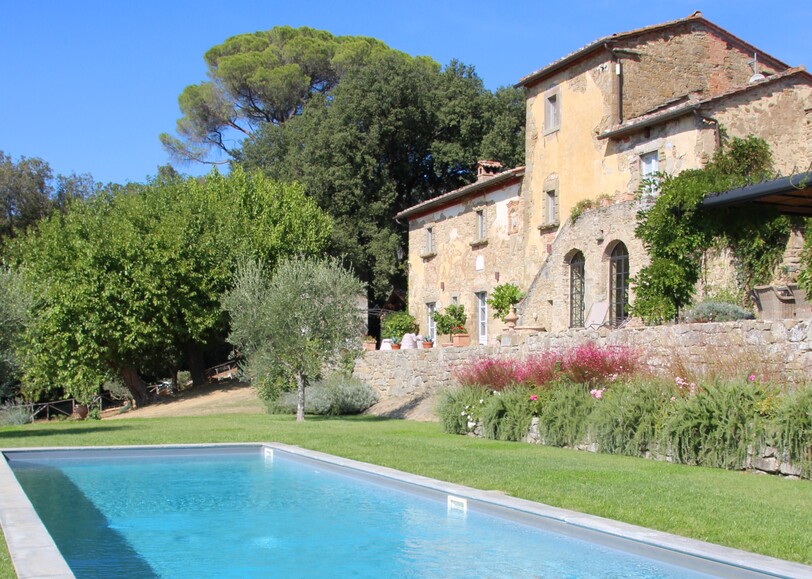This exclusive project was born within ‘Nobilia Dimore La Villa’, a historic and refined location that will offer its guests a unique culinary journey with cooking that comes from the dawn of humanity.
read more >Tag: Arezzo
With over thirty years of experience in the sector and a solid family tradition behind him, Fabio, who grew up on traditional construction sites, decided about twenty years ago to embark on a new path. His goal was to find innovative solutions to the problems that characterize traditional buildings and affect living wellbeing.
read more >For over forty years, Omac, a company based in Porrena, in the heart of Casentino, has been a point of reference in precision mechanics.
read more >With a total of around 130 athletes, the club has embarked on a new strategic course aimed at enhancing local talent and creating a solid foundation for the future.
read more >Phonophobia is a condition that requires a gradual and planned approach over time, with desensitization paths and, if necessary, adequate pharmacological support. Unfortunately, relying on last-minute remedies is often not enough to ensure the emotional well-being of animals.
read more >I had the distinct feeling that this meeting with the architect Goujon could be very interesting, from a human, aesthetic and cultural point of view. I had confirmation of this when Arnaud, after the initial presentations that broke the ice, tells me without hesitation: “I want people to leave me free to think. You believe, I think!”. A must-see is his exhibition at Palazzo Giorgi, in the ancient village of Poppi: “Itinerary of an architect”, with thirty plates that tell the story of his artistic career (12-31 October 2024).
read more >Nobilia Dimore was born in Stia, in the heart of Casentino: an accommodation facility born in 2022 that combines elegance, history and comfort – and which has quickly won the hearts of visitors by offering a high-level stay experience.
read more >The success of ‘T’ingegno’ is the result of a close-knit and multidisciplinary team. Alessia has been able to surround herself with qualified and young professionals such as Fabio, an engineer, Giada, administrative manager, Cristian, a technical expert, and Matteo, an architect.
read more >The history of Gambineri Arredamenti has deep roots rooted in Ponte a Poppi, in the heart of Casentino. The history of this company is a family story of passion and resilience, which began in 1979 thanks to Pietro Gambineri, in love with the profession of carpenter and interior designer, who decided to take this path after working for several years in the local company “Mazza e Lombardi” – active since the post-war period.
read more >Creating footwear is not an easy job, behind every shoe there are many processing phases necessary to obtain a high-quality final product: “The production of footwear always starts with a design that must take into account many aspects, including the trends of the moment which, in our sector, must also be compatible with stringent technical needs. After the initial idea, the pattern maker must make the design become reality, which will be adapted to the shape with which the shoe is created”.
read more >As for her work, in addition to events and ceremonies, the Casentino artist promotes family photography and souvenir photos in her studio, “in a world where one is overwhelmed with images without retaining one”. The press is a perfect example of this and I, is absolute testimony – and I, as an old-fashioned publisher, fully agree.
read more >The Centre is structured as an educational environment and a training space open to people of all ages, from different backgrounds and cultures. It’s a place to develop one’s sociability and exercise one’s creativity, participating in the proposed activities and enjoying this meeting place every day.The activities are very diverse in order to satisfy all different interests and needs, both for young and elderly people with whom the centre also collaborates through an active generational exchange.
read more >The Club Il Principe disco has had a facelift since and there are now two rooms. The restaurant is open for two Fridays a month and every Saturday.
read more >Jutta was born in Coblenz in the Rhineland in Germany during the War, and went to study art and design in Dusseldorf. She had always dreamed of leaving Germany to travel, and spent a year abroad studying and working in Rome. When, after 6 years of art school, the possibility to spend a period in South Africa working for a textile company presented itself, the young Jutta jumped at the opportunity.
read more >Founded in July of 1937 as a cooperative of fourteen local winemakers who banded together to facilitate both the production and the sales of their wines. Vecchia Cantina bottled its first wine in 1940 during the war. After the difficult war years, in the 1950’s and the reorganization of the lands, the Vecchia Cantina acted as a driving force for wine production in the area, a role that they cover to this day with the over 400 member vineyard owners and over a thousand hectares of vineyards producing around seven million bottles of wine annually.
read more >The oldest part of the house, the central tower, goes back to the 15th century, its original incarnation being a watchtower protecting Tuscany’s flank with Papal Umbria. It became a house when two wings to the left and right of the tower were added in 1771 by the Tommasi family, whose coat of arms adorns a large stone set into the wall above the main door.
read more >